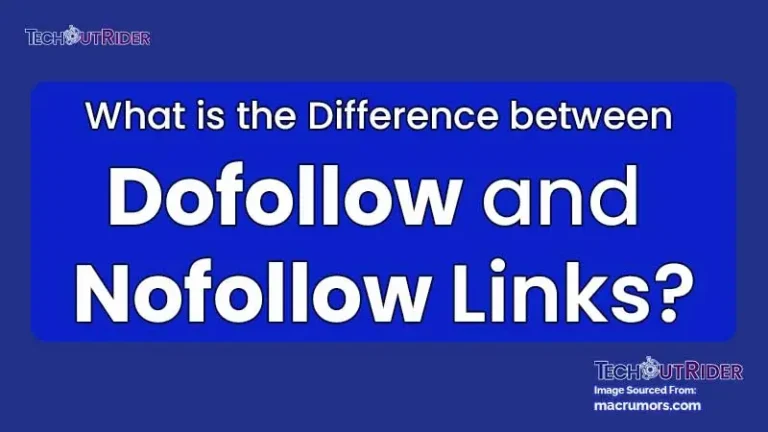In the ever-evolving landscape of search engine optimization (SEO), understanding the nuances of various link types is paramount for digital marketers and website owners. Two fundamental categories that play a pivotal role in SEO are DoFollow and NoFollow links.
While both serve the purpose of linking one webpage to another, their implications for search engine rankings are vastly different.
This article aims to dissect the complete difference between DoFollow and NoFollow links, shedding light on their characteristics, importance, and impact on search engine visibility.
How to Prepare Yourself for the AI-Powered Future World?
The Basics: DoFollow Links
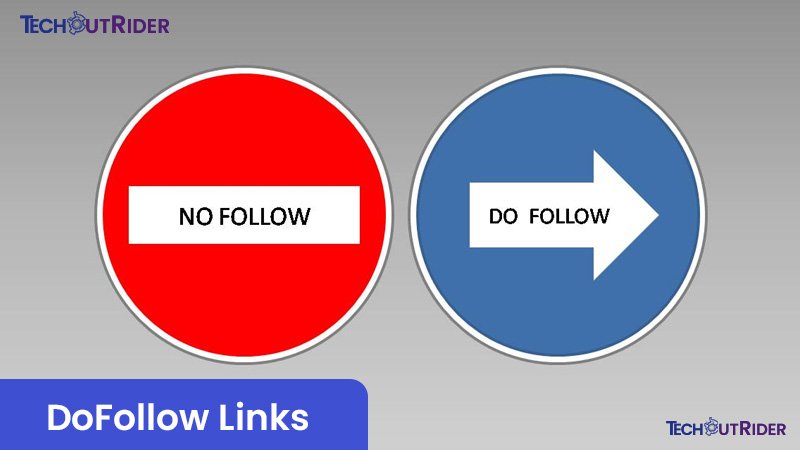
DoFollow links serve as the backbone of online visibility, representing the traditional and default link type. When a website incorporates a DoFollow attribute in its link to another site, it not only endorses the linked content but crucially passes on authority, commonly referred to as link juice. Search engines, with Google at the forefront, interpret these links as powerful signals of trust and credibility. The significance of DoFollow links lies in their ability to elevate a webpage’s standing in Search Engine Results Pages (SERPs).
Essential to the very fabric of SEO, DoFollow links are intricately woven into Google’s algorithm, known as PageRank. They play a pivotal role in shaping the overall authority of a webpage, influencing its perceived relevance to specific search queries. In essence, the accumulation of high-quality DoFollow links becomes a cornerstone for webpages aspiring to secure prominent rankings in the competitive landscape of online search.
Building Quality Backlinks with The Best SEO Strategy
The Counterpart: NoFollow Links
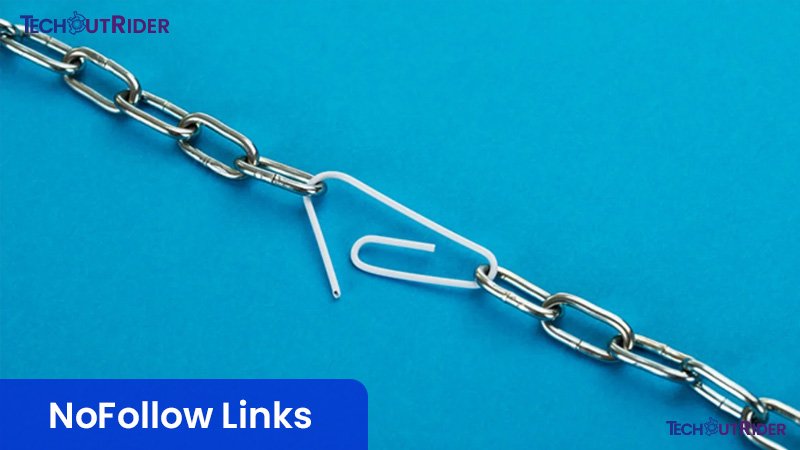
NoFollow links represent a crucial counterpoint to their DoFollow counterparts. Unlike DoFollow links, NoFollow links consciously refrain from passing on link juice or contributing to the recipient page’s authority.
Websites strategically utilize the NoFollow attribute to communicate to search engines that they neither endorse nor vouch for the credibility of the linked content. Notable use cases for NoFollow links encompass areas such as user-generated content, sponsored content, and comments on blogs.
These links were introduced as a proactive measure to combat spam and thwart the manipulation of search engine rankings.
By deploying the NoFollow attribute, website owners gain enhanced control over their associated links, effectively preventing the unregulated transfer of authority to potentially low-quality or untrusted content.
In this way, NoFollow links play a pivotal role in maintaining the integrity and reliability of the online ecosystem.
DoFollow vs. NoFollow
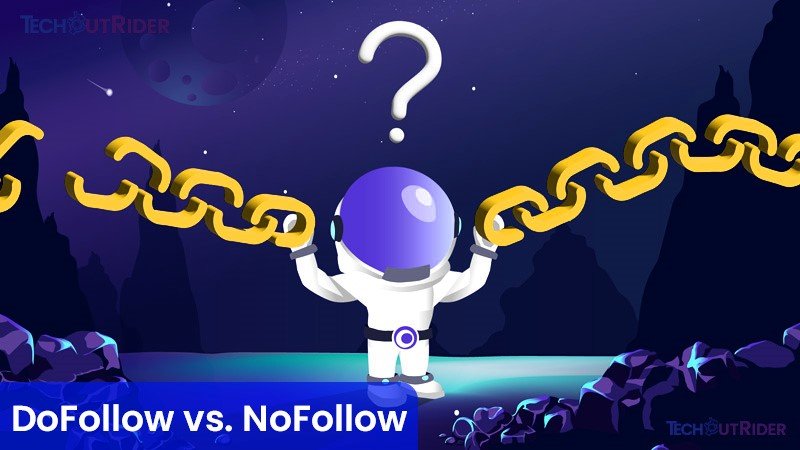
DoFollow and NoFollow links wield significant implications in the realm of SEO. DoFollow links, acting as catalysts for a web page’s authority, play a pivotal role in securing higher rankings within search results.
Crafting a strategic approach to garnering high-quality DoFollow links emerges as a fundamental cornerstone in effective SEO practices.
Conversely, the value of NoFollow links transcends their lack of direct impact on search rankings. While they do not influence PageRank, NoFollow links contribute to fostering a diverse link profile, sending a positive signal to search engines.
Beyond their SEO nuances, NoFollow links prove instrumental in driving direct traffic to a website, enhancing overall visibility.
The dual role of NoFollow links, as contributors to a well-rounded link profile and facilitators of direct traffic, underscores their nuanced importance in the broader landscape of online presence and search engine optimization.
The Ideal Link Profile
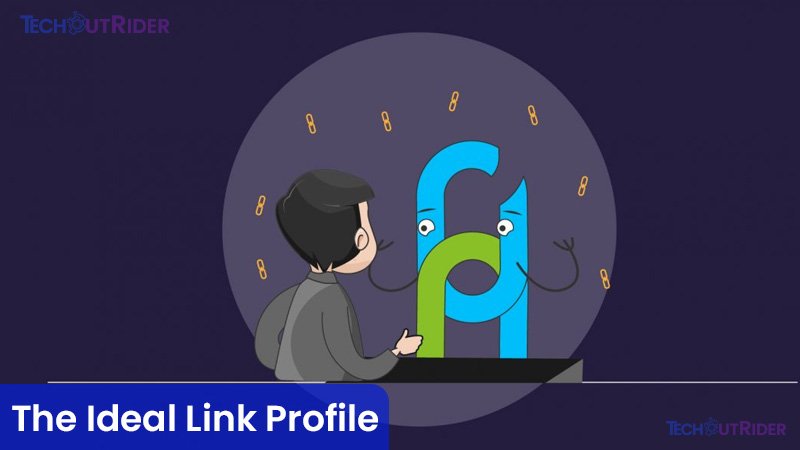
Crafting the ideal link profile is an art in the domain of SEO, requiring a meticulous equilibrium between DoFollow and NoFollow links. The significance of this balance cannot be overstated, as it directly influences a website’s perception by both users and search engines.
DoFollow links, with their direct impact on search engine rankings, become the linchpin of a robust SEO strategy. The strategic acquisition of high-quality DoFollow links contributes not only to elevated rankings but also to the overall authority and trustworthiness of a website.
On the flip side, No-follow links are indispensable for maintaining a link profile that reflects natural diversity. While they may not directly influence rankings, their role in signaling a varied and organic link structure to search engines is pivotal.
This delicate balance, when achieved, ensures that a website not only secures higher visibility but also appears as a trustworthy and authoritative source to both users and search engines alike.
In the intricate dance of SEO, the harmony between DoFollow and NoFollow links is the key to a successful online presence.
Conclusion:
In the intricate world of SEO, understanding the complete difference between DoFollow and NoFollow links is essential for crafting a successful online presence. Leveraging the strengths of each link type and incorporating them strategically into a broader SEO strategy can significantly impact a website’s visibility, authority, and ultimately, its success in the digital realm. As search engines continue to refine their algorithms, staying informed about the intricacies of link attributes remains a fundamental aspect of effective SEO practices.
FAQs – Frequently Asked Questions
Q1. What distinguishes DoFollow links from NoFollow links in the realm of SEO?
Answer: DoFollow links pass on authority and contribute to search engine rankings, while NoFollow links refrain from passing authority but play a crucial role in maintaining a diverse link profile.
Q2. How does the accumulation of high-quality DoFollow links impact a website’s search engine visibility?
Answer: High-quality DoFollow links enhance a web page’s authority, positively influencing its chances of ranking higher in search engine results pages (SERPs).
Q3. Why were NoFollow links introduced, and how do they combat spam and manipulation in search engine rankings?
Answer: NoFollow links were introduced to prevent the indiscriminate passing of authority. They are employed as a measure to combat spam and manipulation, providing website owners with greater control over their link associations.
Q4. What is the significance of maintaining a balanced link profile with a mix of DoFollow and NoFollow links?
Answer: Striking a balance between DoFollow and NoFollow links ensures a website appears trustworthy and authoritative to both users and search engines, contributing to a robust and natural link structure.
Q5. Beyond search engine rankings, how do NoFollow links add value to a website’s online presence?
Answer: While NoFollow links may not directly influence search rankings, they contribute to a diverse link profile, send positive signals to search engines, and can drive direct traffic to a website, enhancing overall visibility.

